Table of Contents
What is Cupro?
Cupro (short for cuprammonium rayon) is an innovative fabric crafted from cotton waste—specifically the tiny fibers, or linter, that cling to cottonseeds after processing. Often dubbed “vegan silk,” cupro mimics the luxurious drape and softness of silk but is entirely plant-based. Through a chemical process, these cotton byproducts are dissolved and spun into smooth, breathable fibers, creating a material that bridges sustainability and sophistication.
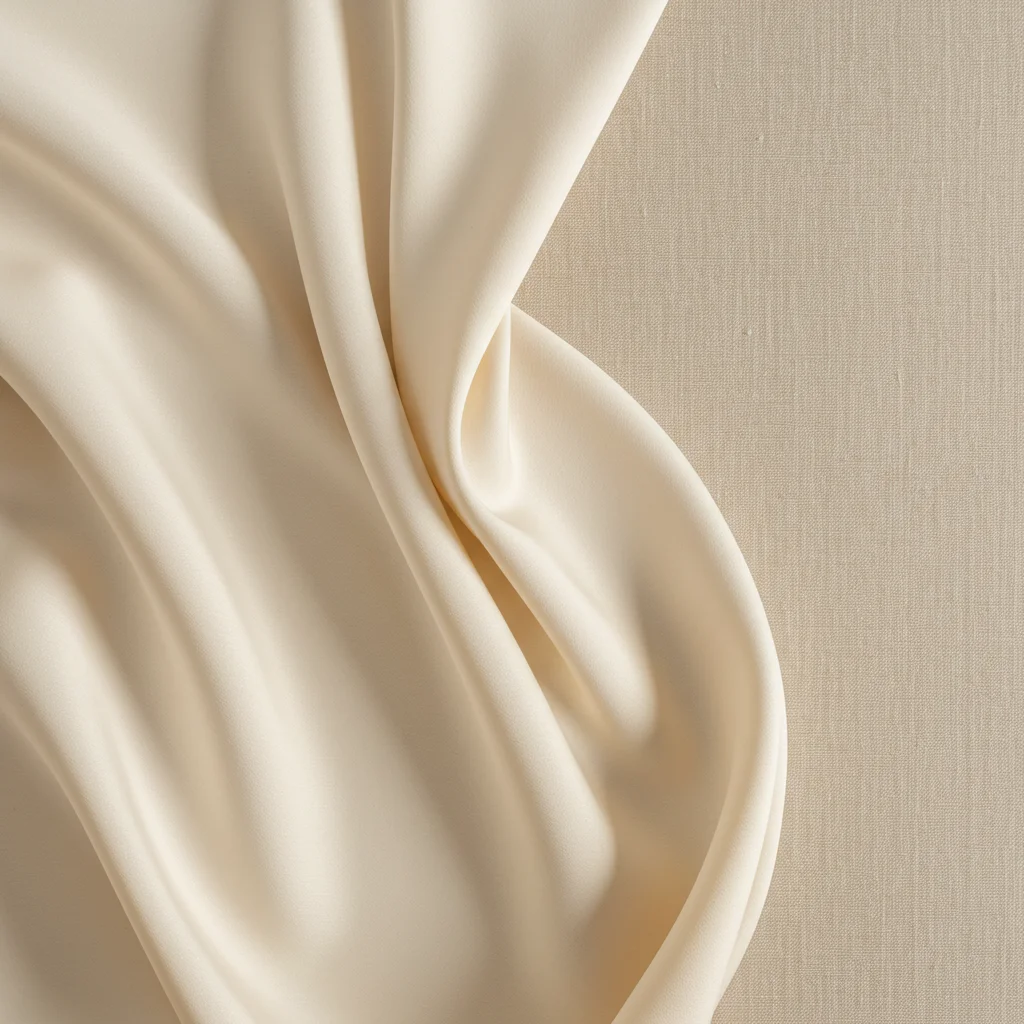
The Process: Turning Waste into Wearable Luxury
Cupro’s magic lies in its circular approach. Instead of discarding cotton linter, manufacturers dissolve it in a cuprammonium solution, filter it, and extrude it into fine threads. While the process involves chemicals, many eco-conscious producers use closed-loop systems to recycle water and solvents, minimizing environmental impact. The result? A lightweight, biodegradable fabric that gives discarded materials a second life.
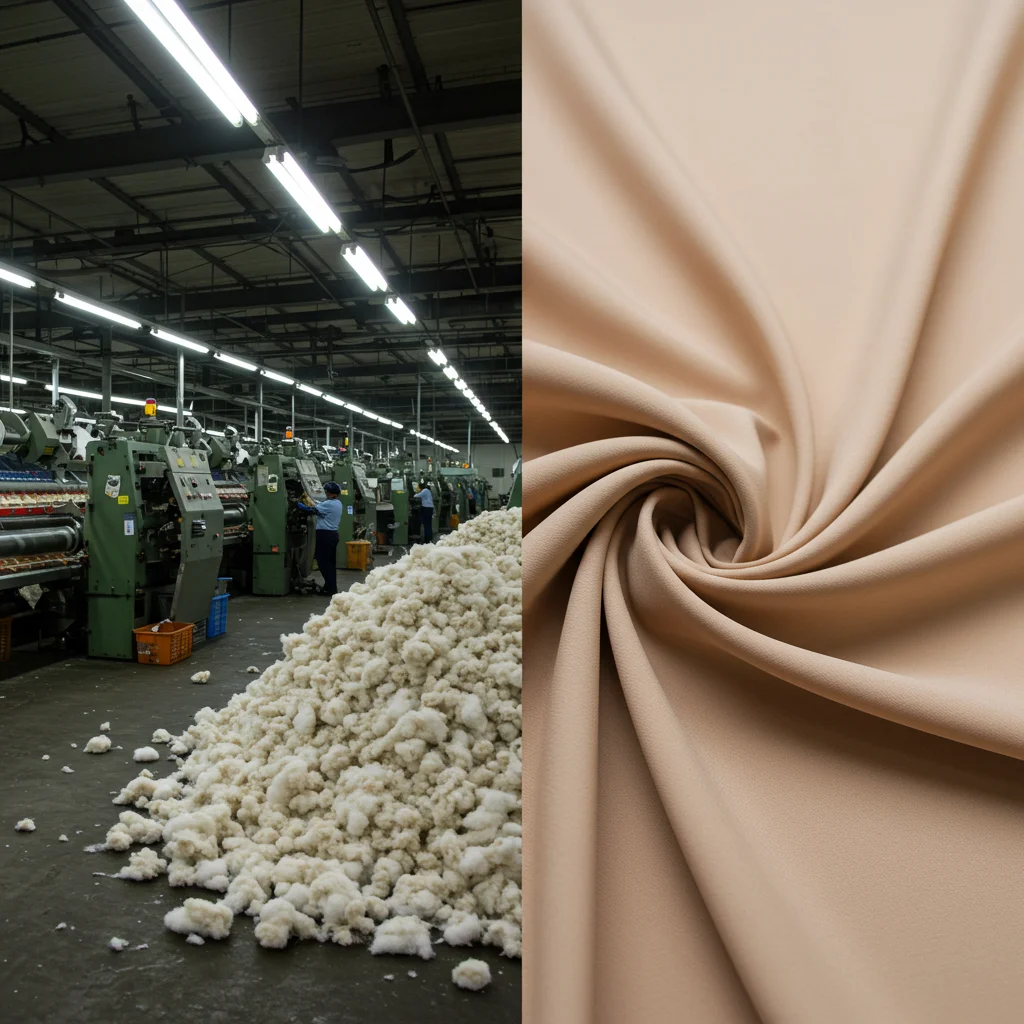
Why Cupro Stands Out
- Silky Sensation: Cupro’s smooth, breathable texture rivals silk, making it ideal for flowy dresses, blouses, and linings.
- Eco-Credentials: By repurposing cotton waste, cupro reduces landfill contributions and relies less on virgin resources.
- Biodegradable: Unlike synthetic fabrics, cupro breaks down naturally, leaving a lighter footprint.
- Versatility: Dyes beautifully, resists static, and drapes elegantly—perfect for both casual and formal wear.
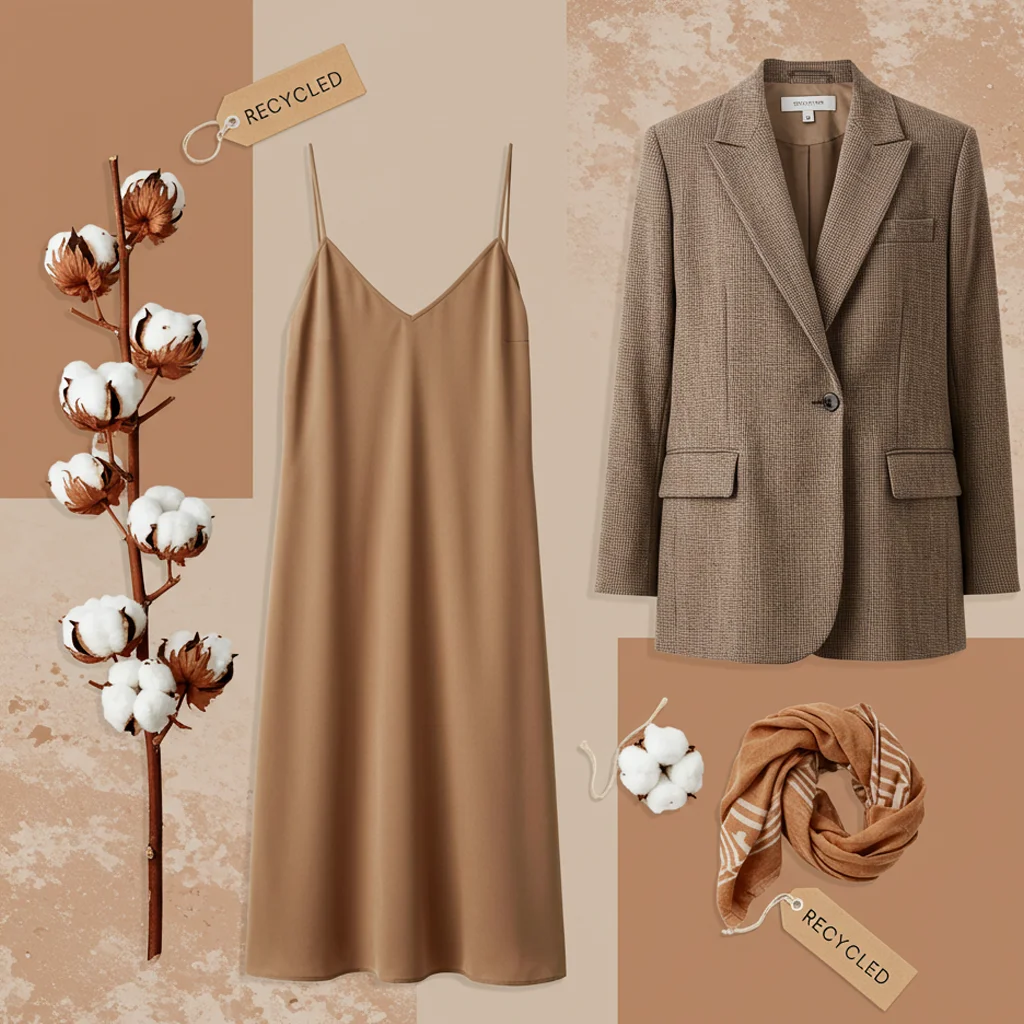
Sustainability Considerations
While cupro is a greener alternative to silk and polyester, its production isn’t flawless. The cuprammonium solution requires careful handling to prevent environmental harm. Look for brands that prioritize closed-loop systems and certifications like OEKO-TEX® (ensuring no toxic residues) or GOTS (Global Organic Textile Standard). Transparency is key—support companies that openly share their manufacturing practices.
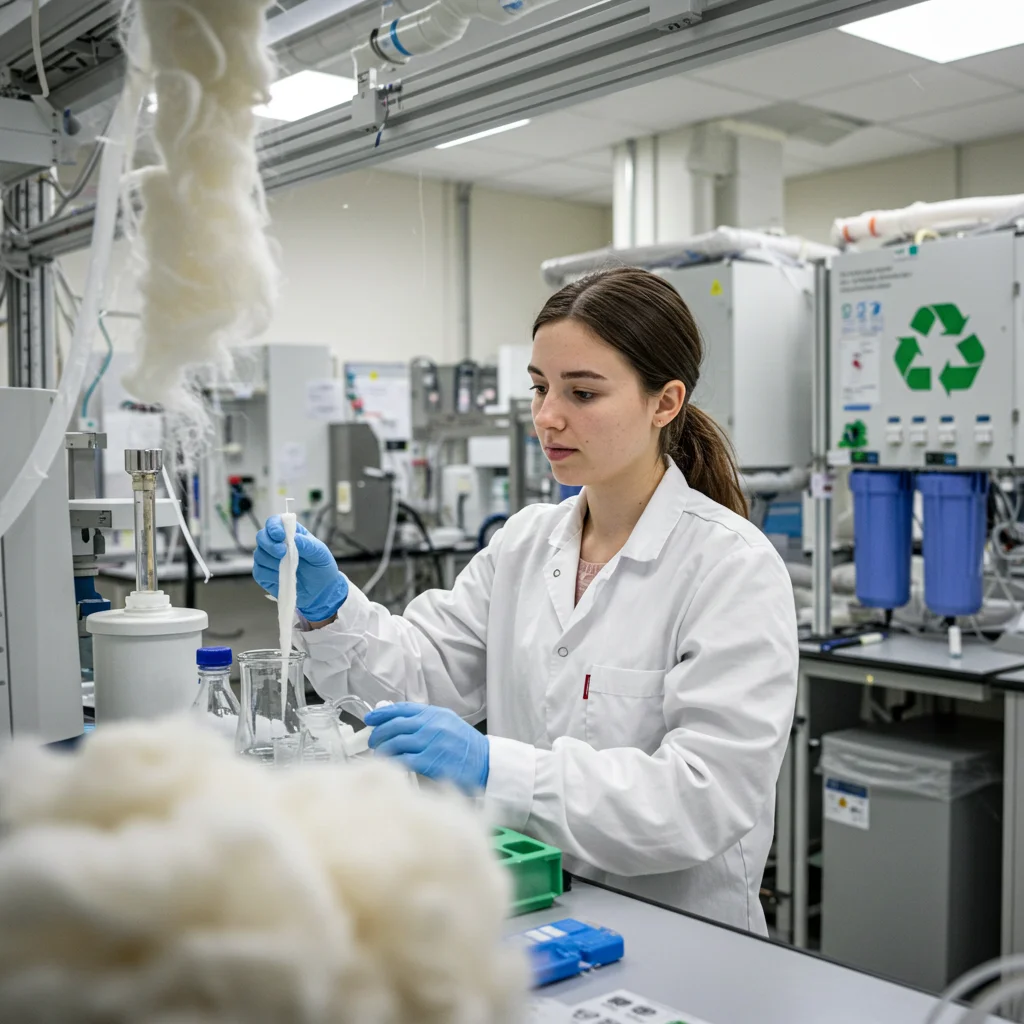
Cupro vs. Traditional Fabrics: A Balanced Comparison
- Silk: Luxurious but ethically contentious (harvested from silkworms) and resource-intensive.
- Polyester: Affordable and durable, but derived from fossil fuels and sheds microplastics.
- Cupro: Offers silk-like luxury without animal exploitation, with a smaller environmental footprint than polyester when produced responsibly.
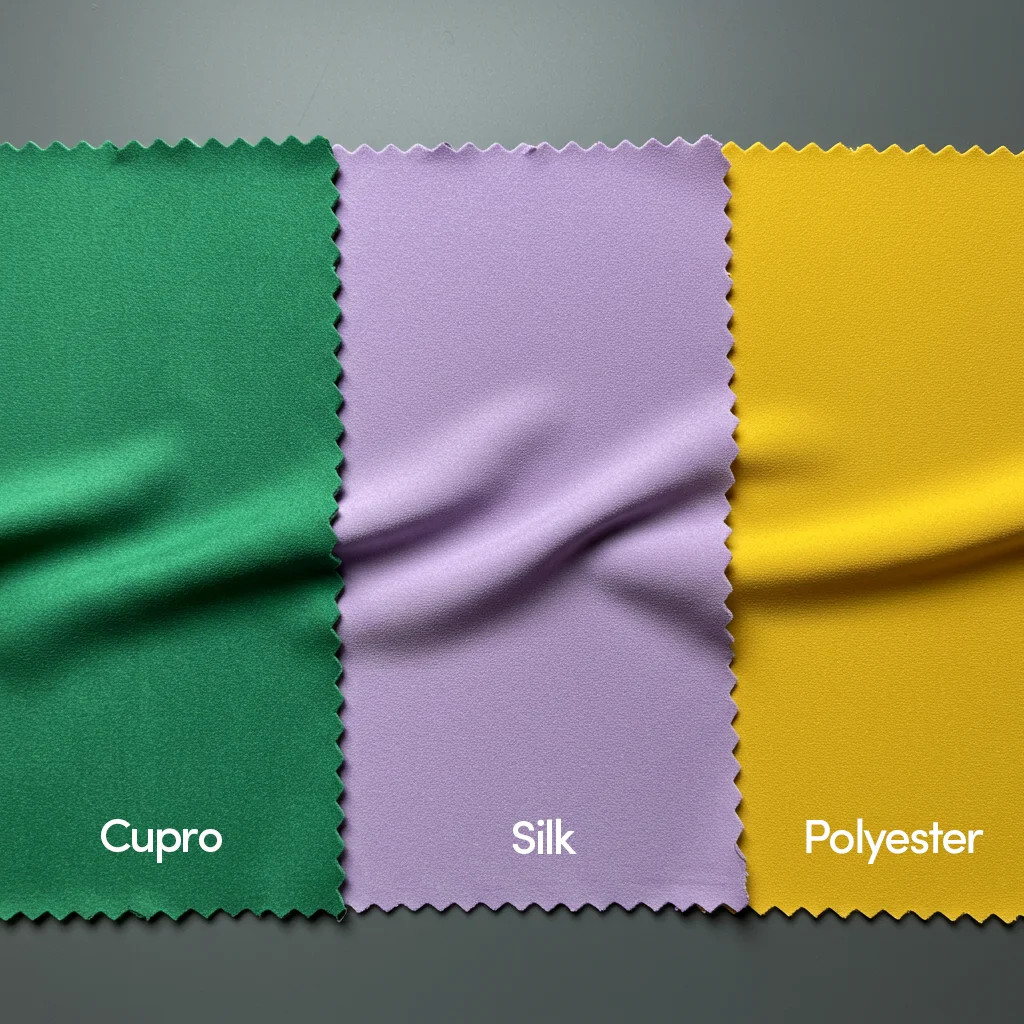
Caring for Cupro
To preserve its delicate texture:
- Hand wash or use a gentle machine cycle with cold water.
- Avoid harsh detergents and bleach.
- Air-dry flat to maintain shape; iron on low heat if needed.
With proper care, cupro garments age gracefully, developing a subtle vintage charm.

Why Cupro Belongs in Your Closet
As fashion shifts toward circularity, cupro represents a smart intersection of ethics and aesthetics. It’s a fabric that doesn’t force you to choose between style and sustainability—offering both in one elegant package. Whether you’re revamping your workwear or seeking eco-conscious evening attire, cupro delivers timeless appeal with a clear conscience.

Final Takeaway: Cupro redefines luxury by transforming cotton waste into a biodegradable, silky fabric. It’s proof that sustainability and sophistication can coexist—no compromise required.








